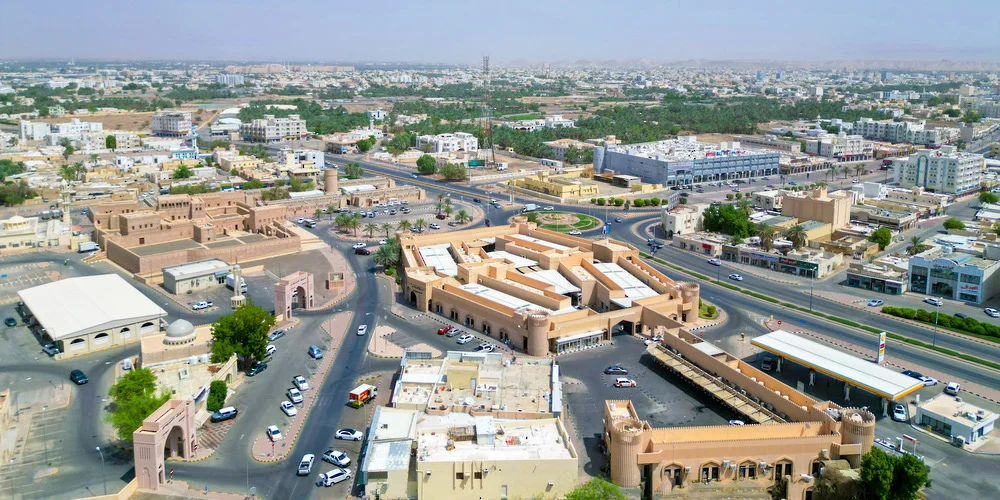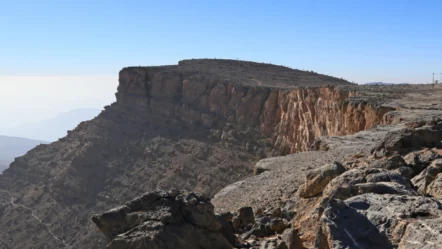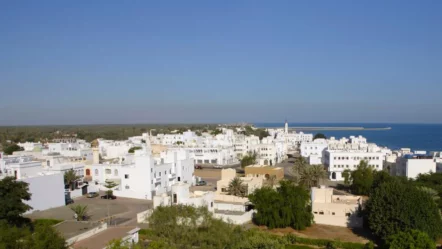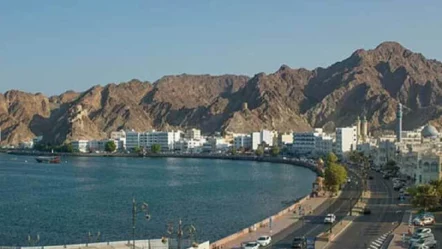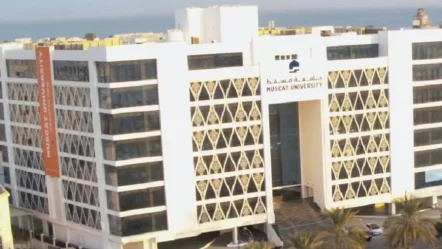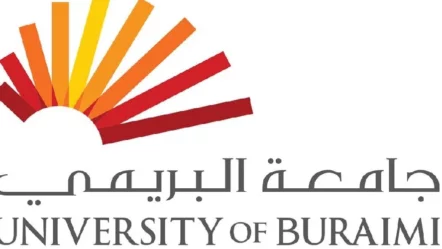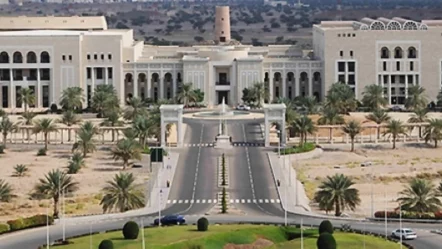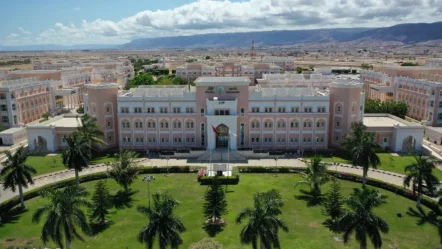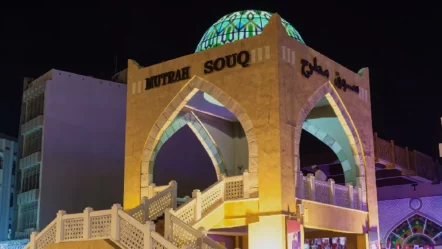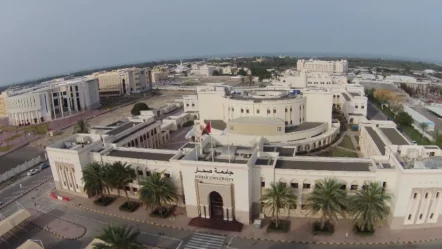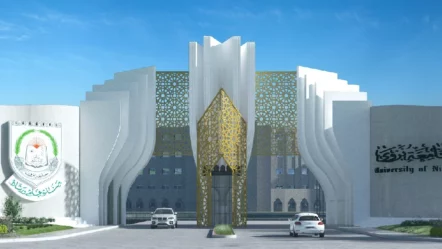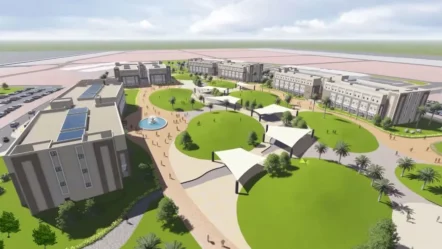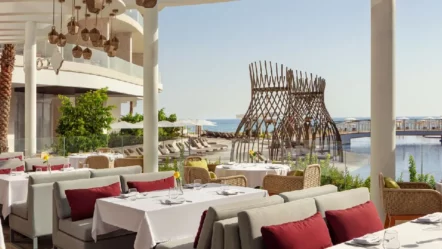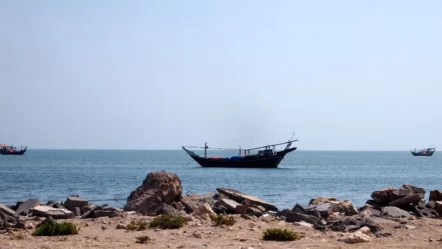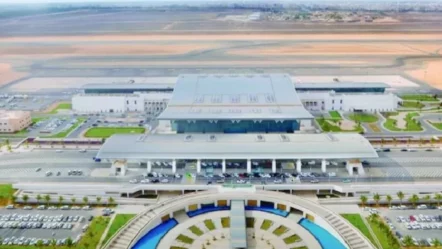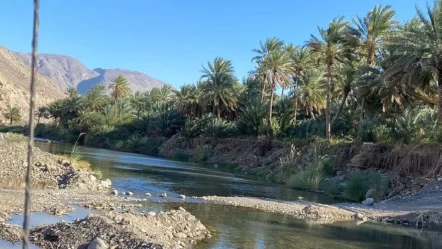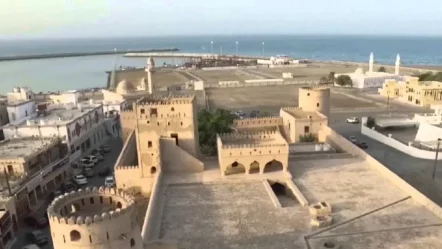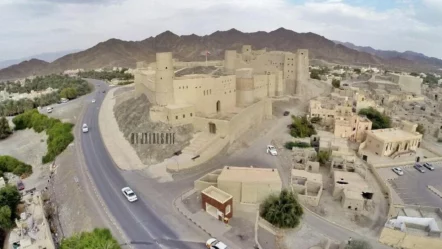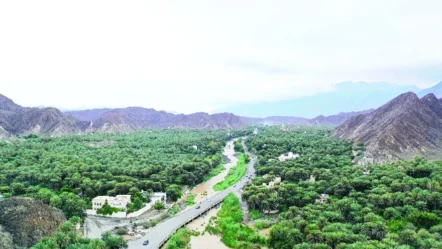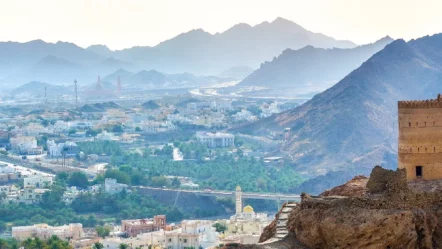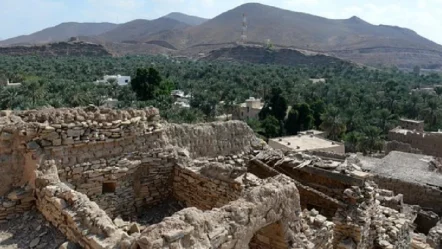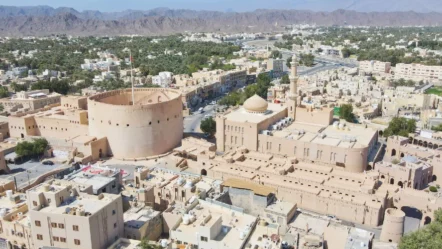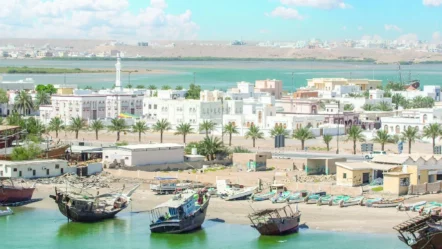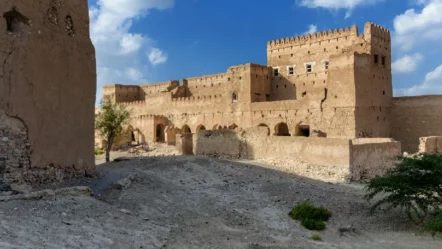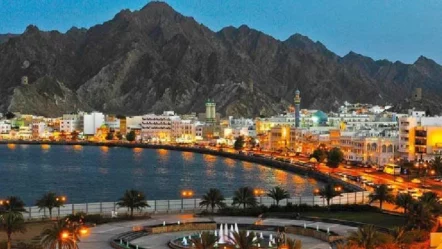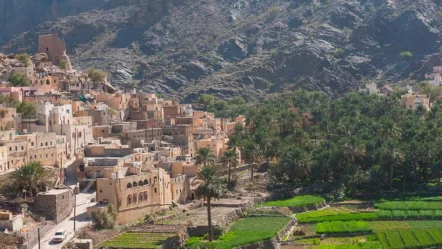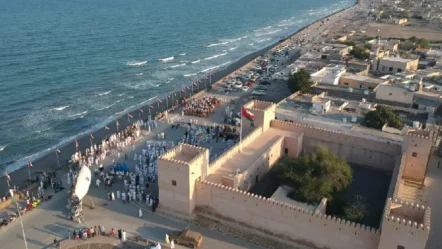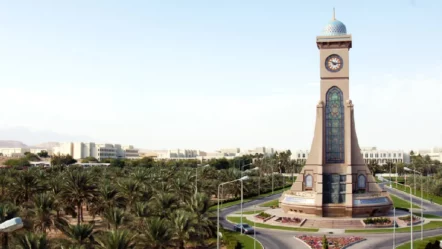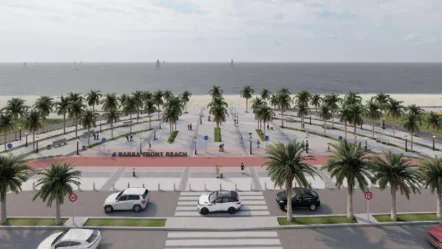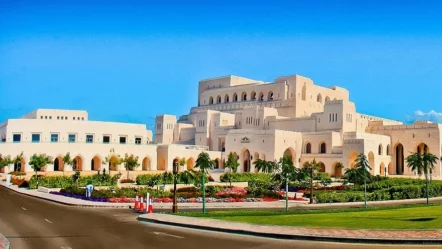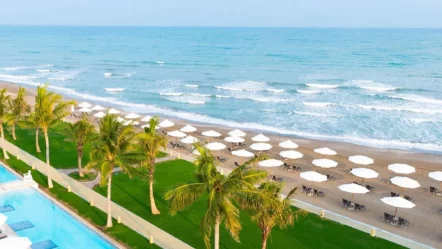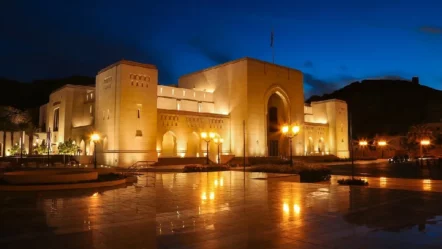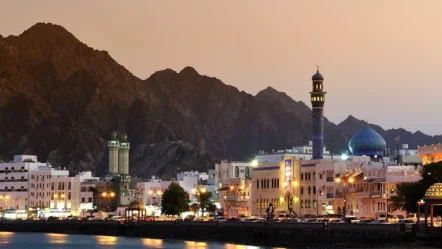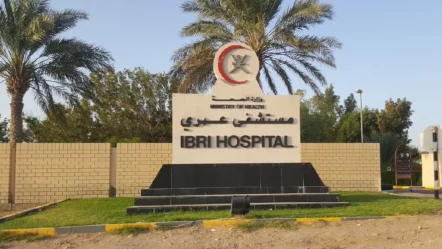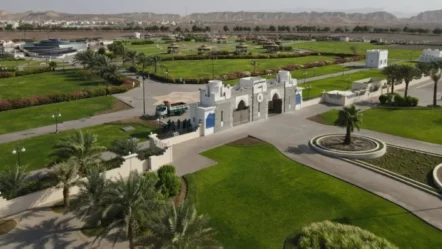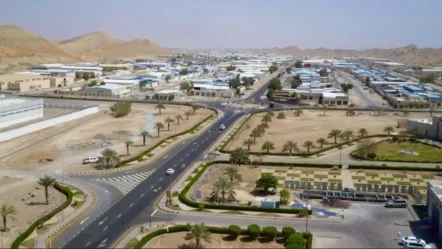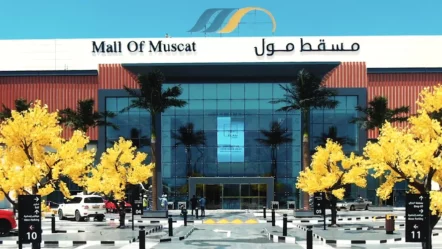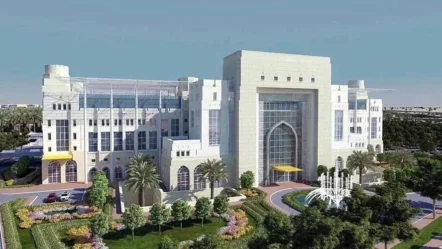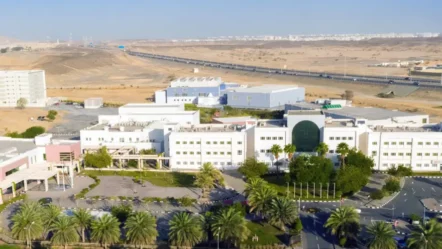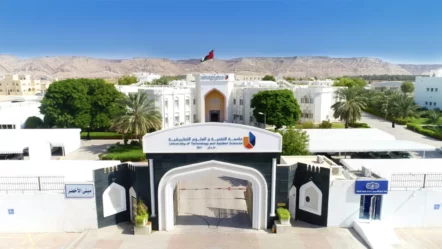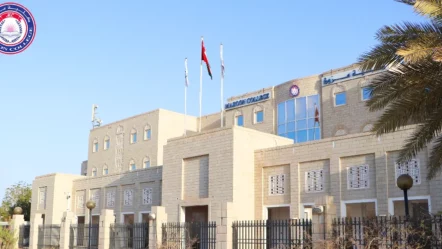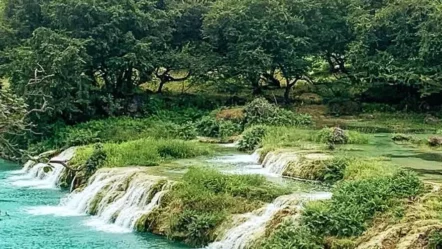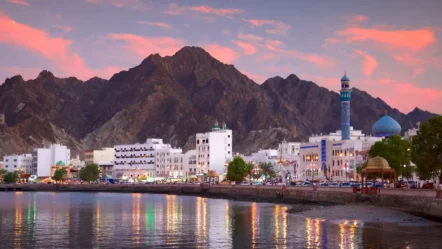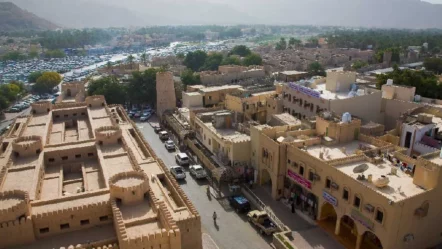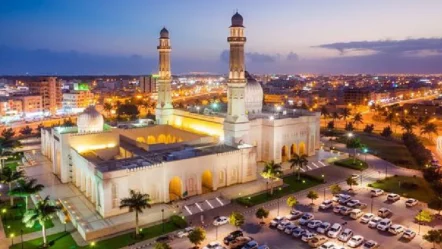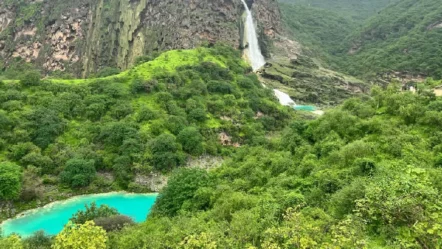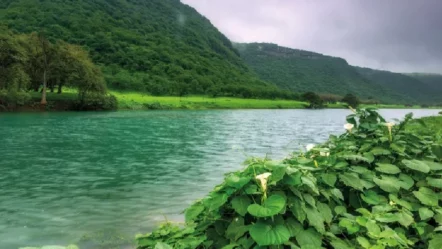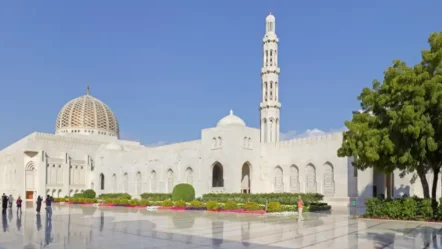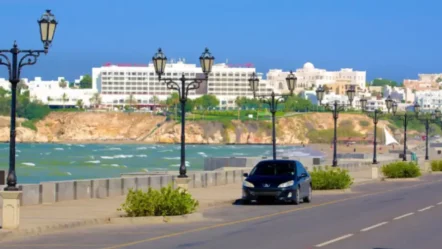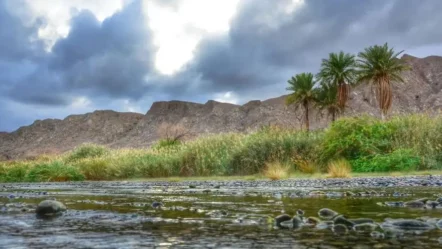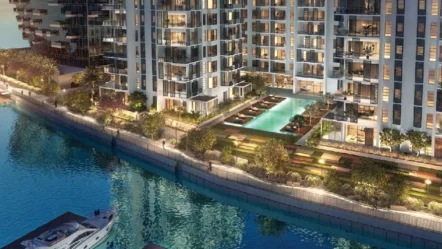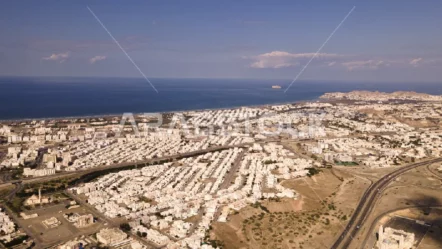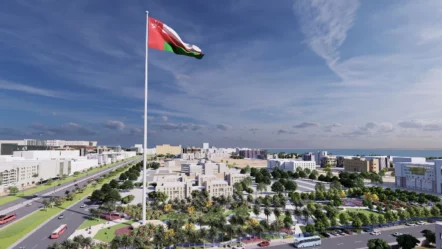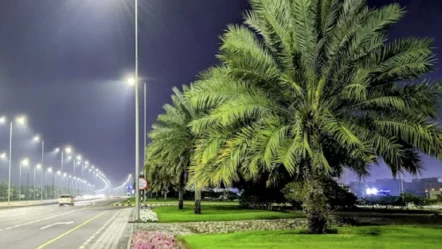Al Buraimi Governorate, strategically located in the northwestern corner of the Sultanate of Oman, is distinguished by its proximity to the UAE border, granting it special significance on both geographic and economic levels. Previously known as a state under the Dhahirah region, Al Buraimi was declared an independent governorate by Royal Decree No. 108/2006 on 22 Ramadan 427 AH (October 15, 2006). This change incorporated the new governorate of Al Buraimi, Mahdah, and Al-Sunaina, enhancing its integration and uniqueness with a distinctive geographic and cultural character within Oman.
Browse Exclusive Real Estate Listings – From villas to apartments, OpenSooq has it all.
What is Al Buraimi Governorate Known For?
Al Buraimi Governorate is known for its strategic and vibrant commercial position in the northwestern part of the Sultanate, linked to its unique terrain with elevation above sea level and abundant water resources from valleys and aflaj (traditional irrigation systems). This made it an active trade route in ancient times and an ideal location for cultivating wheat, date palms, and various types of fruits.
In addition to its agricultural nature, Al Buraimi hosts a collection of historical forts and castles that reflect its rich cultural heritage, such as Al Khandaq Castle, Al Hillah Castle, Bayt Al-Nad Fort, and Al-Khubayb Fort, enhancing its historical value.
In recent years, Al Buraimi Governorate has witnessed the implementation of a series of developmental and vital projects contributing to enhancing the tourism and economic appeal of the governorate. Advanced tourism projects are being established, creating a promising future not only for Al Buraimi but for the Sultanate as a whole due to the importance of these projects, their massive scale, and their diverse uses.
How Many States Does Al Buraimi Governorate Have?
Al Buraimi Governorate consists of three main states: Al Buraimi, Mahdah, and Al-Sunaina, with Al Buraimi being the administrative center of the governorate. According to the 2010 census, the population of the governorate was approximately 72,917, while the number increased to 107,501 according to statistics from the National Center for Statistics and Information in July 2016. The governorate also has a municipal council comprising eight elected members representing the different states of the governorate.
Understanding Al Buraimi’s Population Growth and Demographics
The total population of Al Buraimi Governorate is approximately 125,742, distributed across three states. Al Buraimi State has the highest density, with a population of 113,470, including 65,904 Omani citizens and 47,566 expatriates, while the state contains 38,298 housing units and 11,688 establishments.
In Al-Sunaina State, the population is about 1,356, consisting of 624 Omani citizens and 731 expatriates, and it contains 1,043 housing units and 250 establishments. As for Mahdah State, it is home to 10,916 residents, including 8,513 Omanis and 2,403 expatriates, with 4,432 housing units and 1,400 establishments.
Top Tourist Attractions in Al Buraimi
- Al Buraimi Souq
- Al Khandaq Castle
- Al-Hila Castle
- Bayt Al-Nad Fort
- Al-Misyal Park
- Wadi Al-Hiyul in Mahdah State
- Sultan Qaboos Mosque in Al Buraimi
- Al Buraimi Public Park
- Falaj Al-Sarhani
- Wadi Sharm Resort
The Forts of Al Buraimi: Guardians of Oman’s Heritage
Al Buraimi Governorate is home to many historical castles and forts that reflect its rich past and vital role in defending the region. Among these notable landmarks:
Al Khandaq Castle
Al Khandaq Castle is one of the most important forts in Al Buraimi State, named after the moat surrounding it, which was used as a traditional defensive measure to protect forts and cities. The fort was built in the 19th century and is square in shape with four fortified towers at its corners. It consists of approximately ten rooms spread over an area of 3,070 square meters, making it one of the largest and most important forts in the governorate.
Al Hillah Castle
Al Hillah Castle is another prominent landmark in Al Buraimi State, located in the market district, built by Sheikh Mohammed bin Ali bin Hamoud Al-Na’imi to serve as an administrative center over an expansive area of about 4,200 square meters. This fort is distinguished by its tall walls, reaching six meters high, with its front wall extending 79 meters and its northern wall extending 53 meters, giving it an imposing character.
Al Hillah Castle is notable for its plaster decorations and inscriptions that lend it unique beauty, and it is situated in a strategic area connecting Sohar and the Arabian Gulf. The fort includes three defensive towers, each 10 meters high, and features two internal courtyards, each with its own facilities. The upper floor contains two decorated rooms featuring plasterwork and ornate windows. Built using stone and clay, the fort underwent comprehensive restoration that lasted for 35 months, making it a prominent destination for those interested in the region’s history.
These forts form a historical legacy that highlights the history of Al Buraimi and attracts tourists and those seeking authenticity and Omani heritage.

